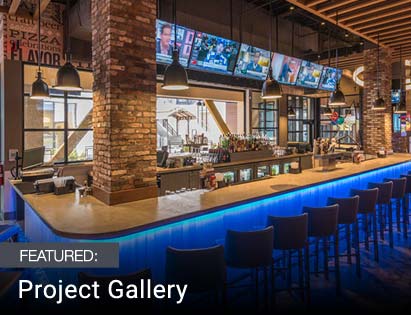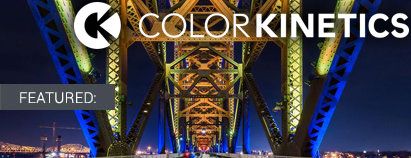Lighting Fixtures, Lamps, and Luminaires
Recessed Architectural Lay-Ins, Troffers & Flat Panels

This is the indoor LED lighting you need for your business. Our recessed LED troffers and architectural lay-ins are from industry leaders when it comes to high-quality, innovative lighting for commercial, industrial, and residential use. Great for heavy-duty use in schools, offices, healthcare facilities, and other commercial uses.

Get a Custom Quote for Architectural Lay-Ins
Contact us today and let us assemble a custom quote for your project's troffer and architectural lay-in fixture needs.You can choose from economical, efficient fluorescent T8 troffers and ultra-efficient, high-output LED models. Among our offerings you’ll find popular sizes, whether you’re looking for an LED 2x2 lay-in fixture for hallways or waiting rooms and lobbies, several 2x4 LED lay-in fixtures for an open office or a low-profile T8 troffer to replace a less efficient T12 fixture.
How do the different light sources compare? T8 bulbs can produce the same amount of light as a T12 bulb using 35 percent less electricity. Older T12 bulbs use magnetic ballasts, while the more efficient, newer T8 bulbs use longer-lasting electronic ballasts. LED lighting is far more efficient that either style of fluorescent lamp. They produce a brighter light per watt and they last longer than fluorescent bulbs (approximately 50,000 hours), saving you money on maintenance costs in addition to utility bills. While a T8 bulb might last up to 4 years, LED bulbs can last up to 10 years.
There are other benefits as well. Unlike fluorescent bulbs, LED lamps do not contain any toxic mercury. Also, LED light doesn’t emit any UV rays. UV light can cause fading in art and fabrics, and it can cause eye fatigue. LEDs produce a healthier, more pleasant light, leading to their increased usage in work environments (happy employees) and medical facilities (healthy patients). They also produce less heat, which is important in public buildings and industrial facilities, as a lot of additional money will be saved due to lower air conditioning usage. An LED fixture also produces a more focused beam of light than a T8 bulb, allowing for more light to be directed to the floor or work surface, where it is needed.

How do the different light sources compare? T8 bulbs can produce the same amount of light as a T12 bulb using 35 percent less electricity. Older T12 bulbs use magnetic ballasts, while the more efficient, newer T8 bulbs use longer-lasting electronic ballasts. LED lighting is far more efficient that either style of fluorescent lamp. They produce a brighter light per watt and they last longer than fluorescent bulbs (approximately 50,000 hours), saving you money on maintenance costs in addition to utility bills. While a T8 bulb might last up to 4 years, LED bulbs can last up to 10 years.
There are other benefits as well. Unlike fluorescent bulbs, LED lamps do not contain any toxic mercury. Also, LED light doesn’t emit any UV rays. UV light can cause fading in art and fabrics, and it can cause eye fatigue. LEDs produce a healthier, more pleasant light, leading to their increased usage in work environments (happy employees) and medical facilities (healthy patients). They also produce less heat, which is important in public buildings and industrial facilities, as a lot of additional money will be saved due to lower air conditioning usage. An LED fixture also produces a more focused beam of light than a T8 bulb, allowing for more light to be directed to the floor or work surface, where it is needed.










